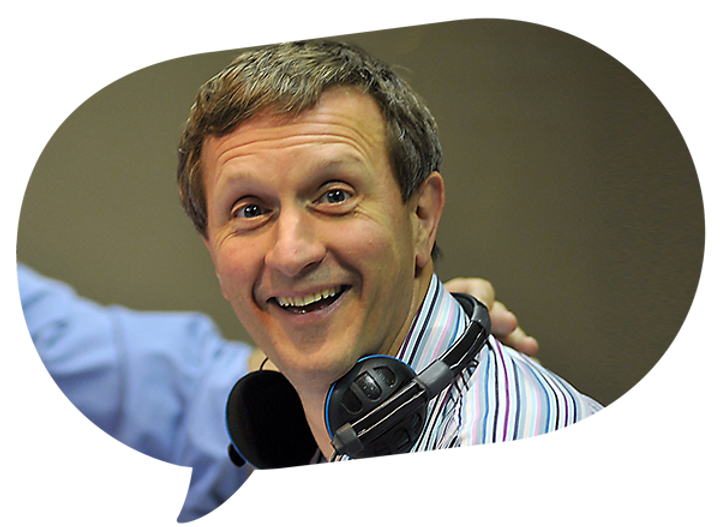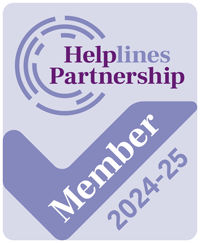Rory Morrison was diagnosed with Waldenstrom’s macroglobulinaemia, aged just 39. His wife, Nikki, talks about the legacy he has left and why taking part in the Rory Morrison WMUK Registry is one of the simplest ways WM patients can help the community.
“Rory showed such fortitude,” says Nikki. “He went through so many treatments, including two stem cell treatments and multiple rounds of chemotherapy over the course of nine years.”
There was a problem that Rory faced throughout the course of his WM experience, though: doctors simply weren’t used to seeing such a young WM patient. Like many WM patients, Rory found that treatments that worked for some people, didn’t work for him.
“We talked to so many great healthcare professionals,” explains Nikki. “But they just didn’t have the information on WM to be able to make informed choices for Rory’s individual case. We were lucky to find Dr D’Sa at UCLH, but in the early days it sometimes felt like clinicians were acting on hunches, because there was no data available to them to do anything else.”
Rory faced his diagnosis and various treatments with unending positivity, hosting some of the first WMUK patient forums and becoming a well-known and loved figure in the WM community. This positivity has translated into his legacy: a patient registry named in his honour.
“From a family member’s perspective, the Rory Morrison WMUK Registry is so exciting, because it gives doctors a better understanding of the disease, and therefore a better understanding on how to treat it successfully”
Nikki Morrison
The Rory Morrison WMUK Registry works with key hospitals across the country, bringing WM patient data into one database so that clinicians can study trends, from diagnosis to treatment, symptoms to side-effects.
“From a family member’s perspective, the Rory Morrison WMUK Registry is so exciting, because it gives doctors a better understanding of the disease, and therefore a better understanding on how to treat it successfully,” Nikki says.
“Rory was always fully invested in learning everything about WM, but I know that some people don’t want to know all the scientific facts about the disease and how treatment works.”
With the Registry, it’s not necessary to have a full understanding – patients simply sign up and their data is sent to the Registry, where an expert will analyse it alongside the hundreds of other records in the database.
“Of course, the more data we can get, the better and faster the outcomes,” Nikki adds. “That means we need as many people as possible to get signed up.”
You can sign up to the Registry if you’re being treated at one of the participating centres – find a list of them here. Simply talk to your consultant and ask that your data is included in the Registry.
“With rare cancers, it can often feel like you’re being lost. By participating in the Registry, you know that your voice is being heard loud and clear, and it will make a difference to WM patients throughout the UK.”







